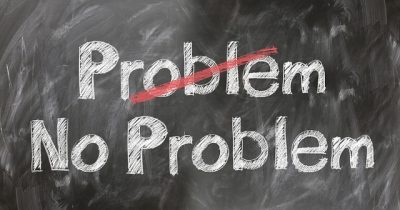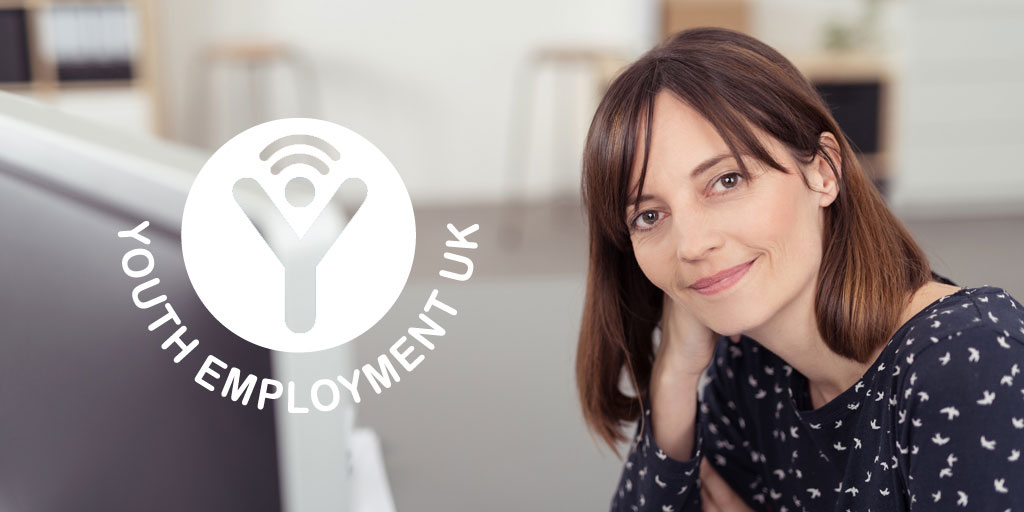Some problems can seem obvious, they come and announce themselves with bells, whistles and screaming alarms! Often this very obvious thing happening isn’t the cause of the problem, the real problem can be hidden and what we are really seeing is the impact the problem is having.
The small build up of problems over time can lead to one big event or impact happening. Really understanding where the problem is coming from will allow you to more efficiently solve problems.
We have covered identifying and defining problems and using your IDEAL model, you might want to catch up here, this week we are going to explore in greater detail the I in the ideal model.
Identifying the problem:
Problems can seem so big you can lose yourself in them and lose sight of the goal. Breaking your problem down into the aim/goal and the barriers/blockers you might face can help you to break bigger problems into smaller more manageable chunks.
It can be easy to assume we know what the problem is in a clear way. For example:
“I can’t do maths”
“My Maths teacher doesn’t like me”
“I’ll just never understand integers”
These statements might sound familiar to some but we need to check our facts here, are you really bad at maths? Have you asked for help? Have we tried outside of class and done our homework on the subject too? If we change our mindset here to explore what the goal is we can see how the language we use can cloud our assessment of the situation and the real facts about the problem start to emerge.
Goal : To be better at Maths
Goal: To fully understand integers
If we explore the different statements there are a few barriers here:
Confidence
Understanding
Poor relationship with teacher
Thinking in this way can really get us thinking about really identifying and defining a problem. The problem isn’t that you can’t do maths it is that you aren’t understanding maths or perhaps that you need more time and support with maths.
Now we have a goal and a broken down list of barriers we can tick them off one by one and start to solve the problems – but where do we start?
Structuring your problem:
Every problem in the heat of the moment can seem complex, when it is happening to you it is a big deal, right?
For some problems thinking about your goal and barriers will help clear your head and the way to a solution but for other more complex problems you might need to consider structuring your problem.
We need to think about the relationships to the barriers we are facing and where we start to really solve a problem.
Some might be easier than others, asking for some time with your teacher to explain again, or asking your friend, the person in class who does seem to understand to explain in a different way is a good/easy step.
You might find that taking the time with your teacher to say you aren’t understanding it means they better understand why you aren’t doing well or handing in your homework. If you are finding a subject difficult you can bring in your self management skills and use your initiative to give yourself extra time with homework, to research and practise outside of lessons to make sure you are taking all the actions you can improve yourself too.
Some will be more difficult, you can’t build your confidence overnight but you might find that with extra explanations and giving yourself more time that your confidence starts to grow too.
Sometimes this is easier to see and tackle visually, you can use chain diagrams, decision trees or lists
Understanding (asking for help) > improve communication with teacher > Confidence
= To be better at Maths
Too old for maths class? This process can be used if we swap maths for Excel, photoshop, Hootsuite or a till system and swap class and teachers for work and line managers too!
Applying the theory:
Challenge:
- Think about the problem Siobhan is facing and think about the challenges she needs to tackle first
- Work through the challenge with your own problem, think about the problem, fact check, define the problem and your goals and barriers before structuring your solution.








